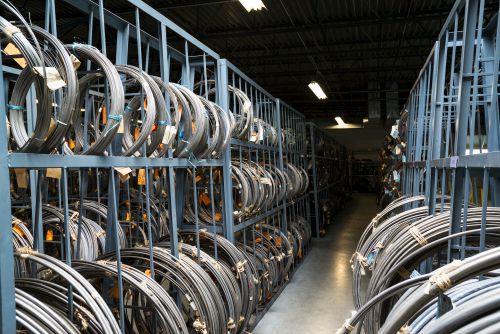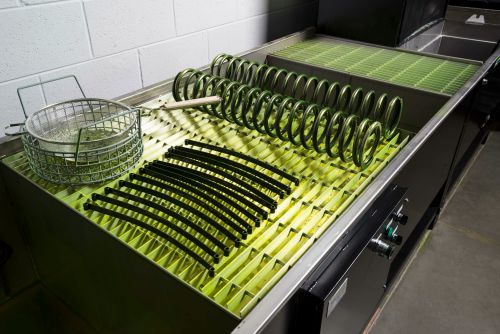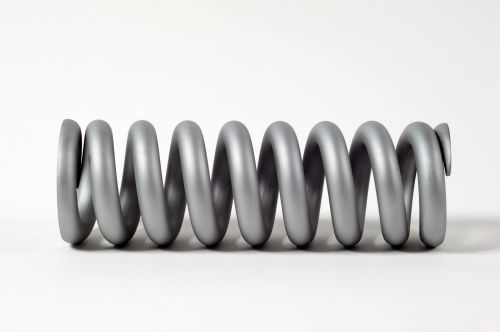Spring Design Guidelines
General Design Considerations
Spring design is an iterative process which should result in an optimum design for a specific application. Many variables come into play: performance in a defined space, satisfactory service life, and optimal manufacturing considerations. Manufacturing considerations include the selection of material, selection of manufacturing techniques and application of accumulated spring manufacturing knowledge and experience.
The first step for a new spring design is the determination of loads and deflections required for a given application. Dimensional limitations must be taken into account as well as working temperature. At static and normal temperatures, much higher working stresses are permissible. If fatigue loading or elevated temperatures are present, lower working stress levels must be applied.
The second step in the design process is the selection of a suitable material. Environmental conditions and available material sizes and forms must be considered. See the Spring Materials and Material Types vs Environment pages for information on common spring materials and their use.
The third step is the detailed design process, which starts with a tentative design. During this process, clearances, stresses, fatigue life and other considerations are optimized.
Specifying Spring Parameters
Many spring designs Suhm receives from customers are not feasible designs. In these cases, spring parameters such as number of coils, spring rate, wire/bar diameter and load heights are not compatible or are conflicting. Suhm reviews every design in detail and works with the customer to fully understand critical and non-critical parameters. Non-critical spring parameters should be listed as “reference” values, which means they may be adjusted to suit the critical spring requirements.
A coil spring should never be considered a precision/machined component nor defined with precision component/machined tolerances. Closed and ground springs expand and contract during operation and the load / spring rates are very unpredictable during their initial & final 15% of travel. For any degree of load / spring rate predictability, springs should be operated within the middle 70% of their travel. Even in this region, normal load tolerances are +/- 10%. If circumstances require a tighter load / rate, tolerances may be reduced to +/- 5% in extreme conditions.
Design success relies on thorough communication of what the spring must do and where it has to fit.







